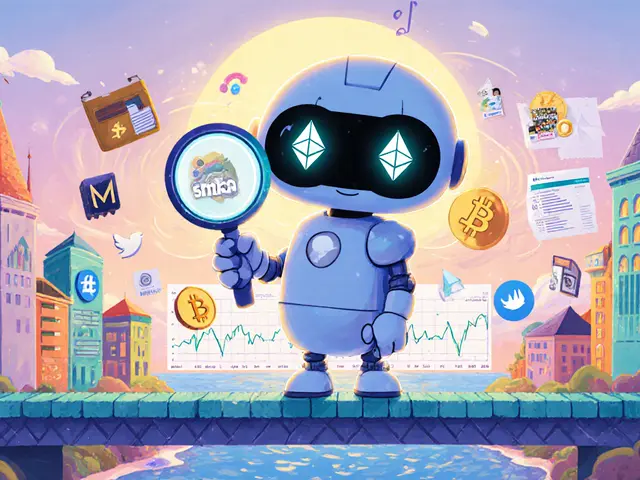Trading pairs define how arbitrage works in crypto markets. Learn how exchange, triangular, and DeFi arbitrage exploit price gaps between asset pairs-and why most traders fail to profit.
Crypto Arbitrage: How to Spot Profitable Opportunities and Avoid Common Traps
When you hear crypto arbitrage, the practice of buying a cryptocurrency on one exchange and selling it on another for a higher price to lock in a profit. Also known as cryptocurrency arbitrage, it sounds like free money—buy low, sell high, repeat. But in reality, it’s a race against time, fees, and network delays. Most people think it’s easy because prices look different across platforms. But if you’ve ever tried it, you know the price changes before you click buy. That’s not luck—it’s market efficiency.
Real arbitrage trading, a strategy that exploits temporary price mismatches between markets using automated tools or fast manual execution isn’t about waiting for a 10% gap. Those don’t exist anymore. It’s about finding 0.5% differences on lesser-known exchanges, moving fast, and covering transaction costs. You need low fees, fast withdrawals, and reliable liquidity. That’s why most successful arbitrageurs stick to major pairs like BTC/USDT or ETH/USDC on Binance, KuCoin, and Bybit. Smaller tokens? Forget it. You’ll get stuck with a token that drops 20% while you wait for the transfer.
And don’t ignore DeFi arbitrage, profit opportunities created by price differences between centralized exchanges and decentralized protocols like Uniswap or PancakeSwap. That’s where the real action is now. If ETH trades for $3,200 on Binance but $3,215 on Uniswap, you can buy on Binance, swap on Uniswap, and pocket the difference. But here’s the catch: you need to pay gas fees, slippage, and risk impermanent loss. One wrong move and your profit vanishes. Tools like arbitrage bots help, but they’re not magic. They need constant tuning, and they cost money to run.
Most people fail because they treat arbitrage like a get-rich-quick scheme. It’s not. It’s a numbers game. You need volume. You need precision. You need to track dozens of pairs at once. The posts below show you what actually works—like how to spot fake arbitrage signals, why some airdrops pretend to be arbitrage opportunities, and how to avoid losing money on dead DEXs like Baryon Network. You’ll see real examples of failed trades, broken liquidity pools, and how CoinMarketCap airdrops sometimes get confused with arbitrage tools. No fluff. No hype. Just what happens when you try to make money off price gaps in today’s crypto market.





